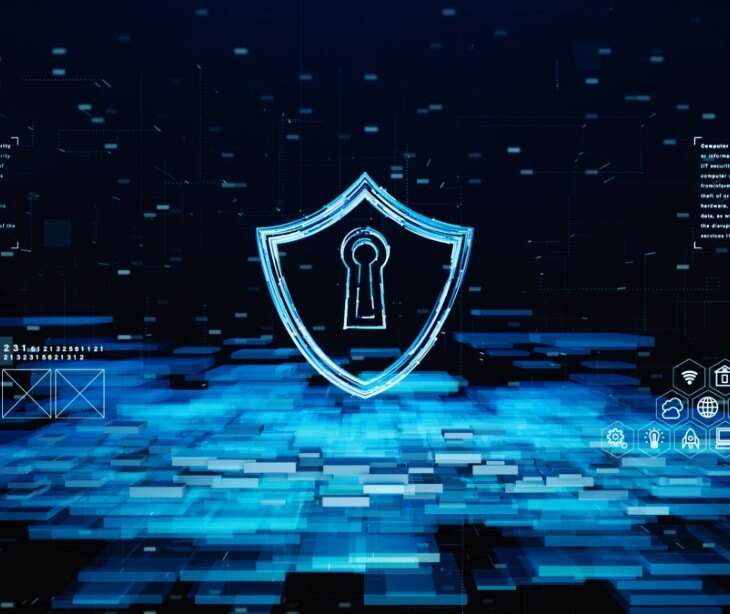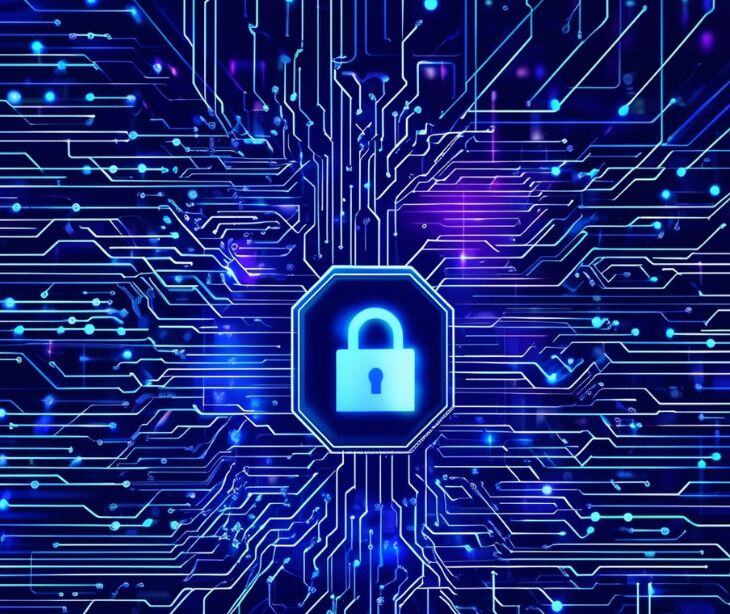%20(76).jpg)
Healthcare providers can maintain HIPAA compliance in patient communication through Internet of Things (IoT) devices by implementing robust security measures, conducting regular risk assessments, establishing BAAs with vendors, providing staff training on data protection, and developing an incident response plan.
IoT devices in healthcare
IoT devices are interconnected devices that collect and transmit data over the internet. Healthcare IoT devices include smart glucose meters, heart rate monitors, and infusion pumps. According to a recent review on IoT-based healthcare monitoring, "IoT applications are particularly beneficial for providing healthcare because they enable secure and real-time remote patient monitoring to improve the quality of people’s lives." They can improve patient care by enabling remote monitoring, chronic disease management, and personalized health tracking. They also support telemedicine by enabling virtual consultations and continuous patient engagement.
HIPAA regulations relevant to IoT devices
HIPAA Privacy Rule
The Privacy Rule requires that patient information must be protected against unauthorized access. For IoT devices, implementing robust measures ensures that any PHI collected or transmitted remains confidential. Devices must be designed to protect patient data from unauthorized access, both during collection and transmission.
HIPAA Security Rule
According to the HHS, "The Security Rule requires covered entities to maintain reasonable and appropriate administrative, technical, and physical safeguards for protecting e-PHI." Safeguards include ensuring data encryption, securing device access, and implementing authentication protocols for IoT devices.
Business associate agreements (BAAs)
IoT device manufacturers and service providers who handle PHI for healthcare organizations are considered business associates under HIPAA. A BAA is required to outline their obligations regarding data protection and compliance.
Best practices for HIPAA compliance
Conducting risk assessments
Evaluate the potential impact of device vulnerabilities on PHI and implement measures to address identified risks, which helps minimize the risk of breaches and compliance issues.
Read more: How to perform a risk assessment
Implementing security measures
- Encryption: Ensure that all data transmitted by IoT devices is encrypted. That protects PHI from being intercepted during transmission. Data stored on devices should also be encrypted to prevent unauthorized access.
- Authentication and access controls: Use authentication methods, like multi-factor authentication, to control access to IoT devices and the data they handle. Limit access to authorized personnel only and regularly review access controls.
- Secure device configuration: Change default settings and passwords on IoT devices to enhance security. Regularly update and patch devices to address known vulnerabilities and reduce the risk of exploitation.
Related: HIPAA Compliant Email: The Definitive Guide.
Establishing BAAs
Confirm that all third-party vendors involved with IoT devices have signed a BAA. It should detail their responsibilities for HIPAA compliance and data protection. Verify that vendors stick to these requirements and perform regular audits to maintain compliance.
Related: FAQs: Business associate agreements (BAAs)
Training and awareness
Educate staff on securely using IoT devices and the proper handling of patient data. Training should cover how to operate devices securely, recognize potential security threats, and respond to data breaches. Regular training updates help keep staff informed about the latest security practices and compliance requirements.
In the news
Cybersecurity researchers and IoT companies, including Roku, Owlet, and Wyze, worked together to fix four critical software vulnerabilities in Kalay, a tool used to manage IoT devices. With over 100 million devices potentially affected, these flaws could have allowed hackers deep access to networks. Bitdefender identified the vulnerabilities as a serious software supply-chain issue, given Kalay's widespread use. After being informed in October, ThroughTek, the maker of Kalay, patched all versions by mid-April and advised users to update their devices. The vulnerabilities could have fully compromised devices, impacting user privacy and safety. Owlet and Roku swiftly addressed the issues and urged users to secure their networks, while Wyze did not comment.
FAQs
Can IoT devices store patient data locally, and does HIPAA apply?
Yes, IoT devices can store patient data locally, and HIPAA applies to this data. Ensure that stored data is encrypted and access controls are in place to prevent unauthorized access.
Are wearable IoT devices subject to HIPAA if used for personal health tracking?
Wearable IoT devices are subject to HIPAA only if they are used by healthcare providers or covered entities for patient care or if they share data with such entities. Personal use without involvement from healthcare providers generally does not invoke HIPAA.
Do healthcare providers need patient consent to use IoT devices for communication?
Healthcare providers should obtain patient consent before using IoT devices for communication, especially when transmitting PHI.




